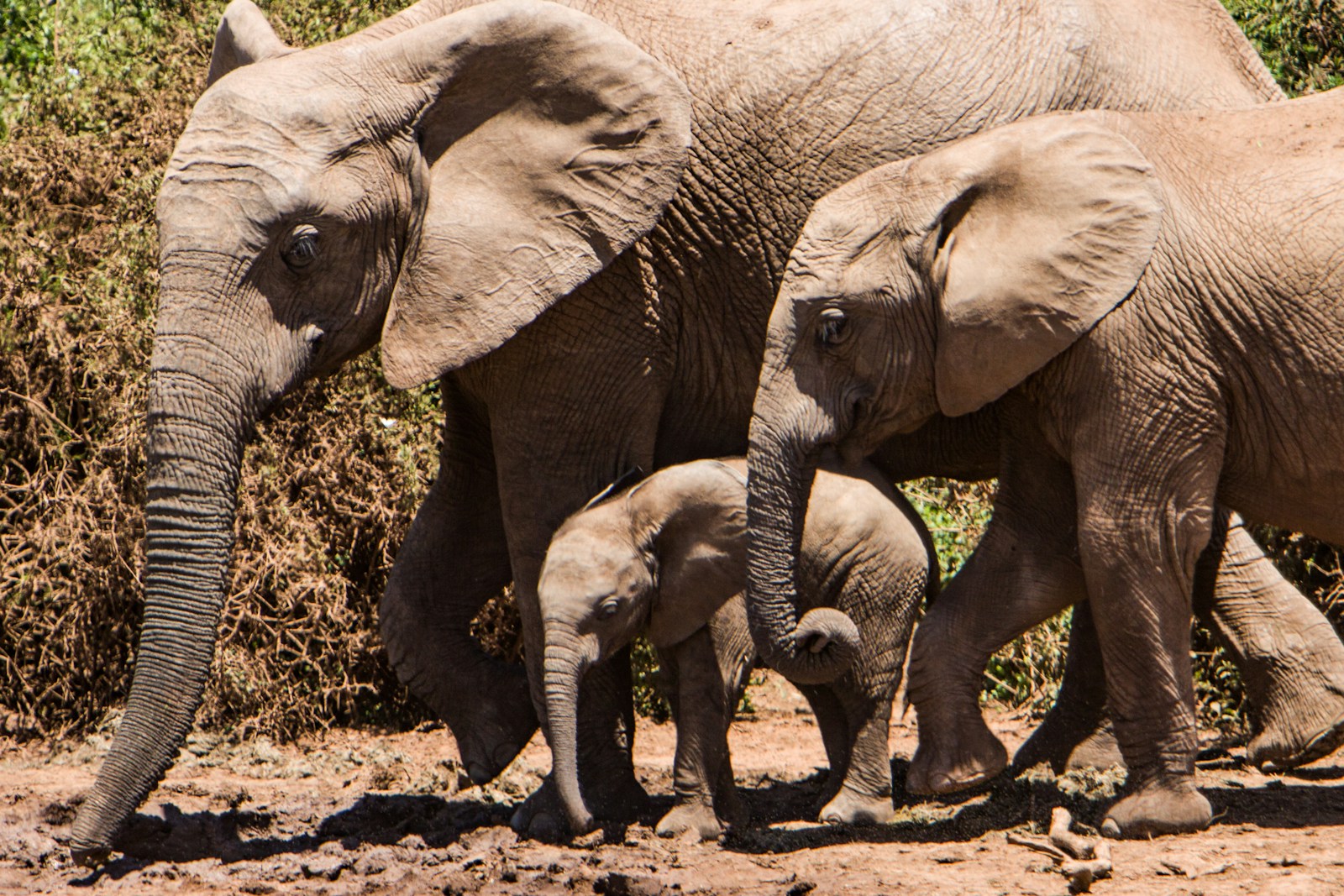In a world increasingly fragmented by human development, wildlife faces unprecedented challenges navigating landscapes once seamlessly connected. Wildlife corridors—protected pathways connecting isolated habitat patches—have emerged as critical conservation tools in recent decades. These lifelines allow animals to move safely through developed areas, reconnecting populations and preserving migratory routes established over millennia. As climate change forces species to shift their ranges and urban expansion continues, wildlife corridors represent one of our most promising strategies for maintaining biodiversity and ecosystem health. By understanding how these pathways function and the various forms they take, we can better appreciate their vital role in wildlife conservation.
Understanding Wildlife Corridors: Nature’s Highways
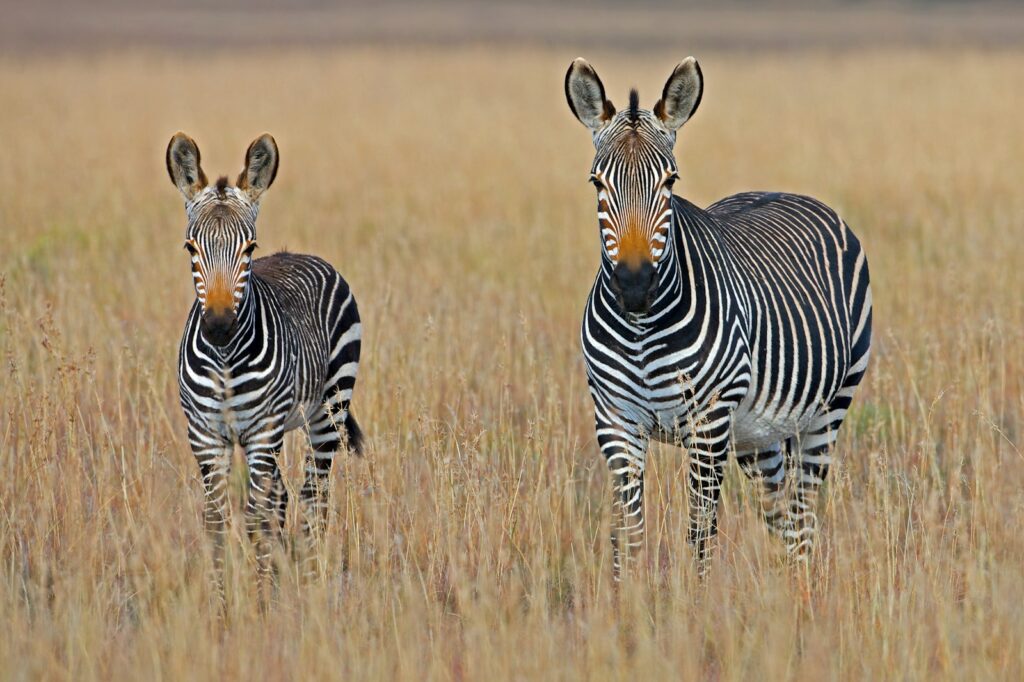
Wildlife corridors are physical connections between habitat fragments that enable animals to move safely through landscapes otherwise altered by human activities. These pathways can range from narrow strips of vegetation connecting forest patches to vast protected areas spanning hundreds of miles across international borders. By maintaining ecological connectivity, corridors address the problem of habitat fragmentation—widely considered one of the greatest threats to biodiversity worldwide. The concept is relatively simple but profoundly important: animals need the ability to move freely to find food, establish territories, escape predators, and locate mates. Without these connections, isolated populations face genetic bottlenecks, limited resource access, and increased vulnerability to local catastrophes that can lead to localized extinctions.
The Science Behind Habitat Fragmentation
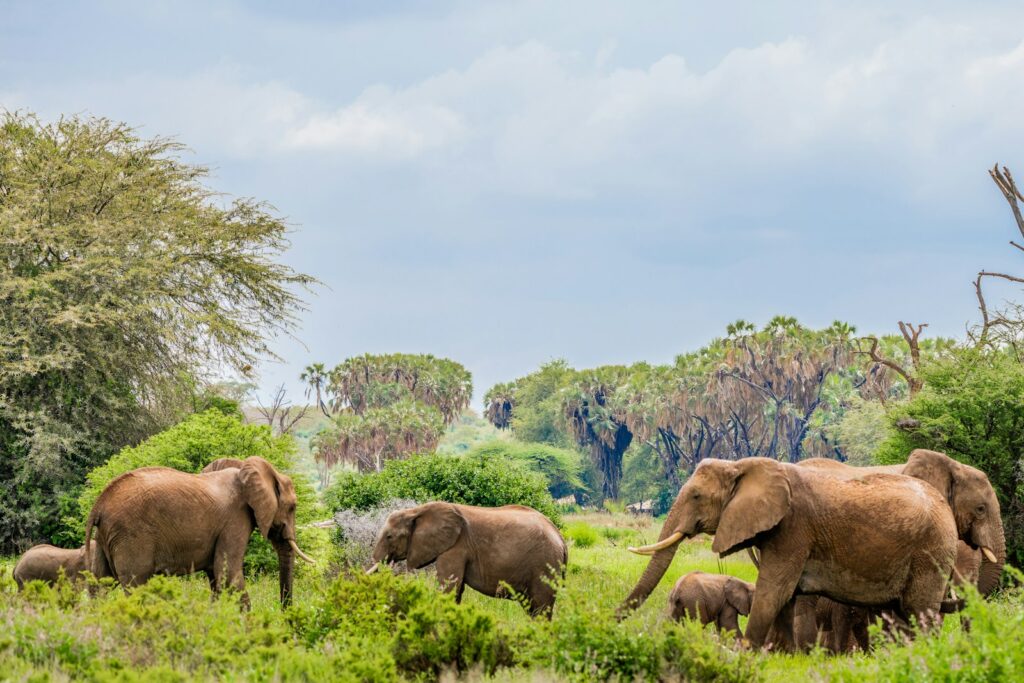
Habitat fragmentation occurs when large, continuous habitats are divided into smaller, isolated patches, primarily through human activities like road construction, urban development, and agricultural expansion. This process is particularly destructive because it transforms a single large population into multiple smaller ones with limited genetic exchange. Research consistently demonstrates that fragmented animal populations experience reduced genetic diversity, which diminishes their adaptive capacity and resilience to environmental changes. Furthermore, smaller habitat fragments typically support fewer individuals, leaving these populations vulnerable to random demographic fluctuations and genetic drift. The effects manifest differently across species—small mammals might adapt to fragmented landscapes more readily than large predators with extensive range requirements—but the overall impact on biodiversity is universally negative without mitigation measures like wildlife corridors.
Types of Wildlife Corridors: From Local to Continenta
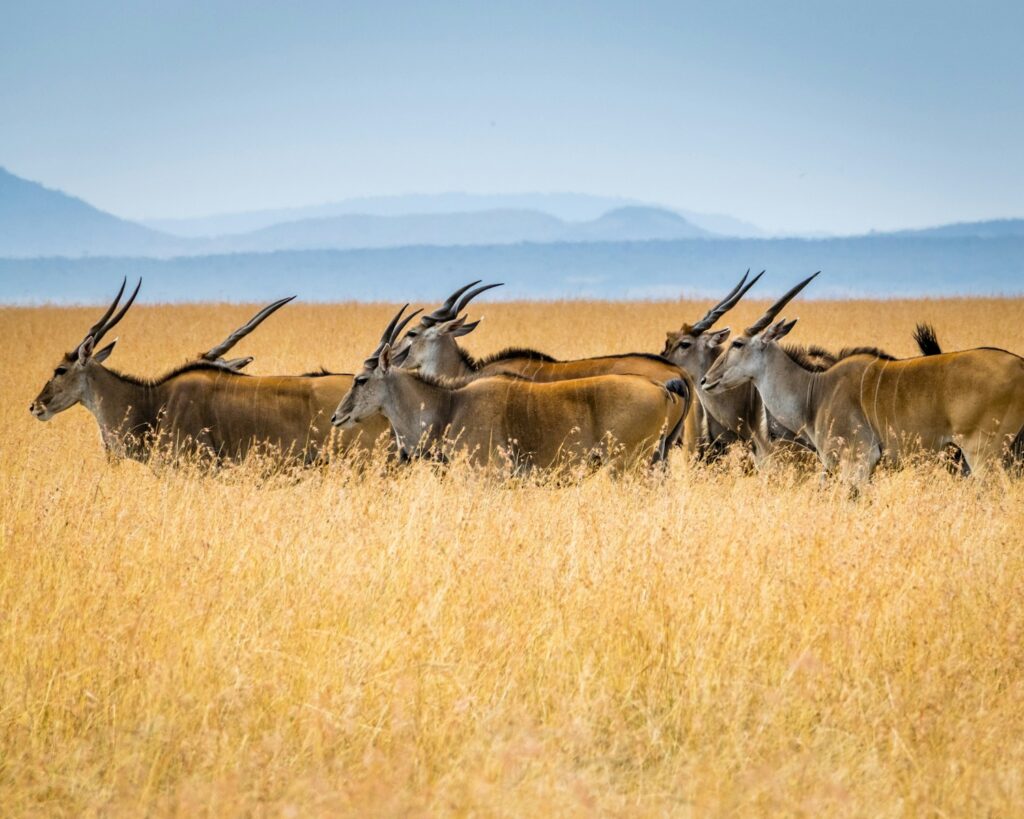
Wildlife corridors take numerous forms depending on their scale, geography, and target species. Linear corridors—like riparian zones along rivers or hedgerows between fields—provide relatively narrow but continuous habitat strips that many species can utilize for movement. Stepping stone corridors consist of discrete habitat patches spaced closely enough that animals can move between them in stages, particularly useful for birds and insects that can traverse gaps more easily. Landscape corridors encompass broader swaths of protected or restored habitat that accommodate movement for multiple species simultaneously across larger regions. The most ambitious projects are continental corridors, like the Yellowstone to Yukon Conservation Initiative, which aims to maintain connectivity across 2,000 miles of mountain landscape. Each corridor type serves specific purposes and species, with design considerations tailored to the movement behaviors and habitat requirements of target animals.
Migration Patterns and the Need for Safe Passage
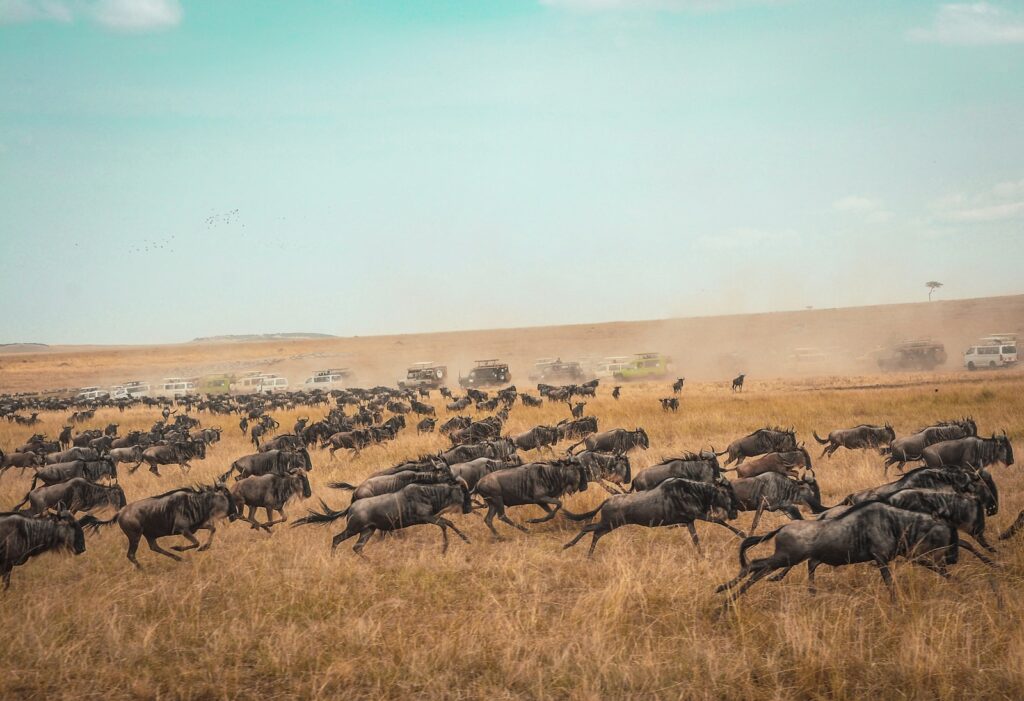
Animal migration represents one of nature’s most spectacular phenomena, with species traveling vast distances to follow seasonal resources or reach breeding grounds. These journeys are encoded in the evolutionary history of countless species—from monarch butterflies flying thousands of miles to caribou herds traversing the Arctic tundra. However, traditional migratory routes increasingly intersect with human infrastructure, creating dangerous bottlenecks and barriers. For example, the pronghorn antelope’s 120-mile migration in Wyoming faces numerous obstacles including roads, fences, and energy development that disrupt movement patterns established over millennia. Wildlife corridors specifically designed to accommodate these migrations provide critical safe passage at key pinch points. The effectiveness of migration corridors depends on thorough understanding of species-specific movement patterns, seasonal timing, and habitat requirements along the entire route.
Road Ecology: Addressing Highway Mortality
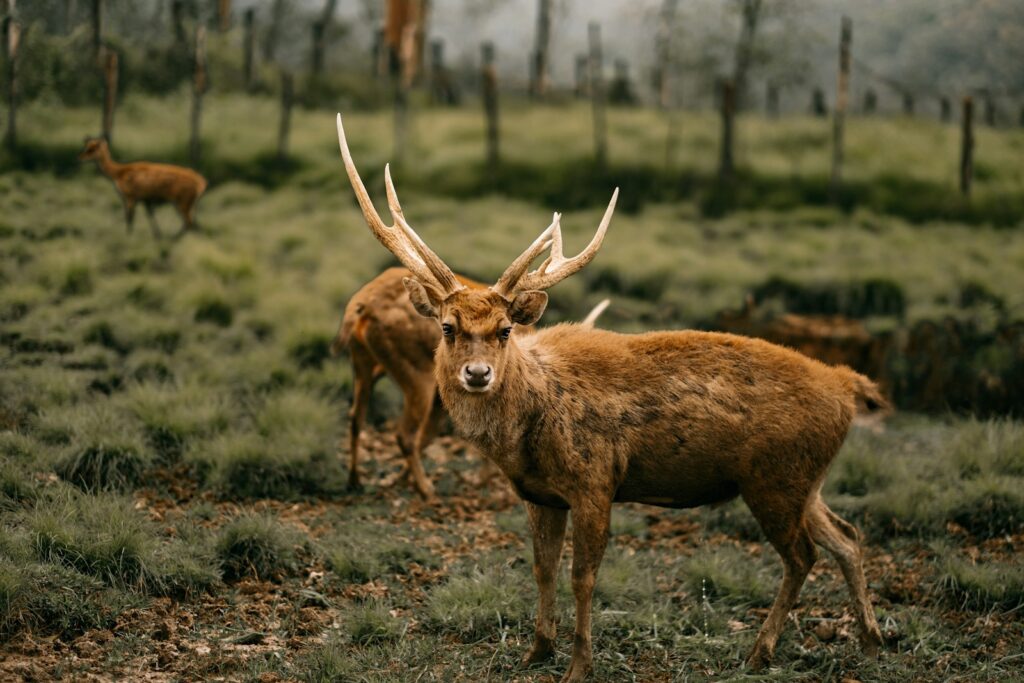
Roads represent particularly lethal barriers for wildlife, with millions of animals killed by vehicle collisions annually in the United States alone. Beyond direct mortality, roads create what ecologists call “barrier effects”—deterring movement and fragmenting populations even when animals aren’t struck by vehicles. Specialized wildlife crossing structures have emerged as effective solutions, including overpasses, underpasses, culverts, and tunnels designed to guide animals safely across roadways. The success of these structures has been remarkable in some locations; the wildlife overpasses in Banff National Park reduced wildlife-vehicle collisions by more than 80% while facilitating tens of thousands of safe crossings annually by species ranging from grizzly bears to salamanders. Modern road ecology incorporates animal behavior research to design crossings that target specific species’ preferences, with fencing to funnel animals toward safe passage points and vegetation that provides familiar habitat cues.
Climate Change Adaptation Through Connectivity
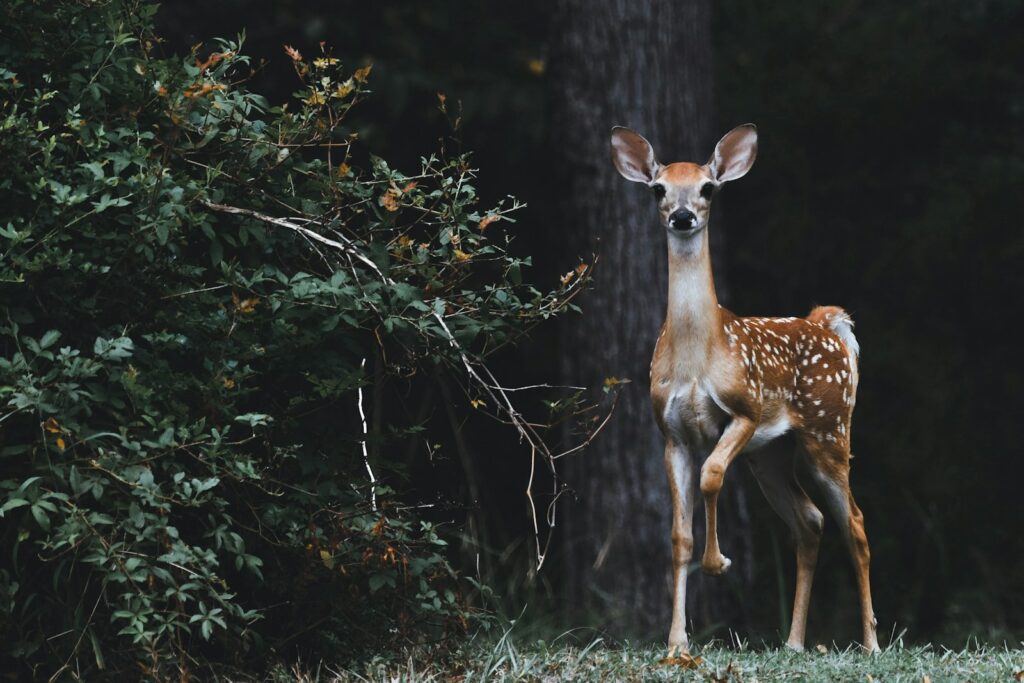
As climate change accelerates, many species must shift their ranges to track suitable habitat conditions and temperature regimes. Research indicates that species’ ranges are already moving poleward or upward in elevation as historical habitats become less suitable. Wildlife corridors play a crucial role in climate adaptation by enabling these range shifts across fragmented landscapes. For example, the Southeastern Ecological Framework identifies critical corridors that allow species to gradually move northward as temperatures rise in the American Southeast. Without these connected pathways, species face what conservationists call “adaptation traps”—situations where climate change necessitates movement, but human development prevents it. By maintaining a network of corridors oriented along climate gradients, conservation planners are essentially creating escape routes for species facing habitat loss due to changing conditions.
Designing Effective Wildlife Corridors
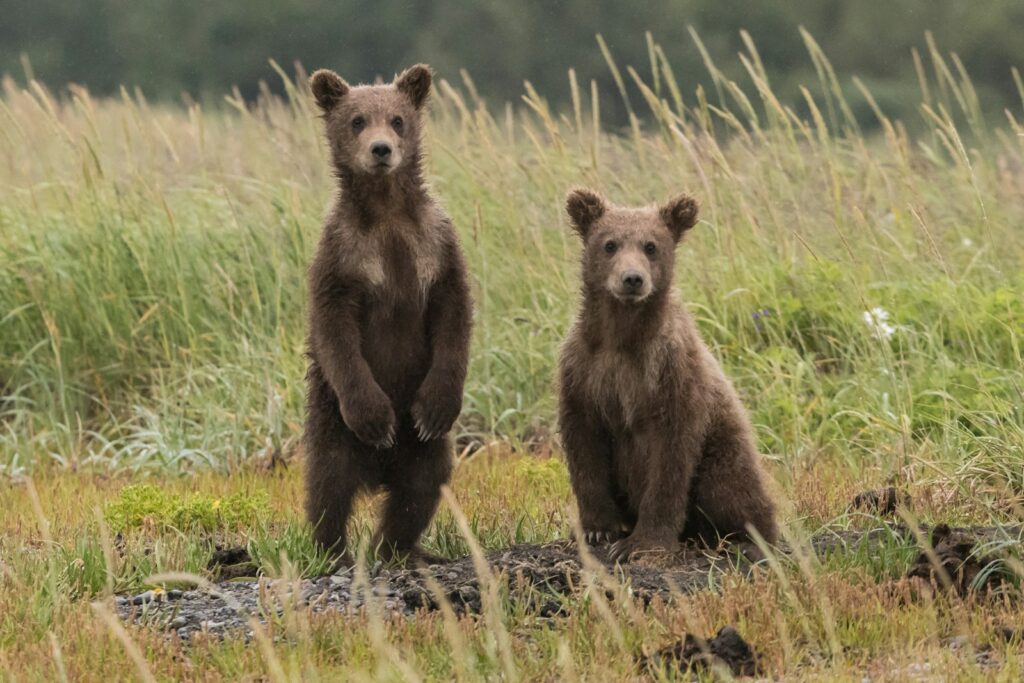
The most successful wildlife corridors incorporate multiple considerations including width, habitat quality, and species-specific needs. Corridor width requirements vary dramatically—large carnivores like wolves may require corridors several kilometers wide, while smaller mammals might utilize narrower passages. Habitat quality within corridors must match the surrounding natural areas closely enough to provide resources during transit, not merely empty space between habitats. The most sophisticated corridor designs incorporate “stepping stones” of high-quality habitat within broader connectivity zones. Scientists increasingly use advanced modeling techniques to identify optimal corridor locations based on landscape features, human activity patterns, and animal movement data. Conservation organizations often employ circuit theory—a method borrowed from electrical engineering—to identify areas where animal movement is most likely to be concentrated across landscapes, thereby prioritizing the most critical connectivity zones for protection.
Success Stories: Corridors Making a Difference
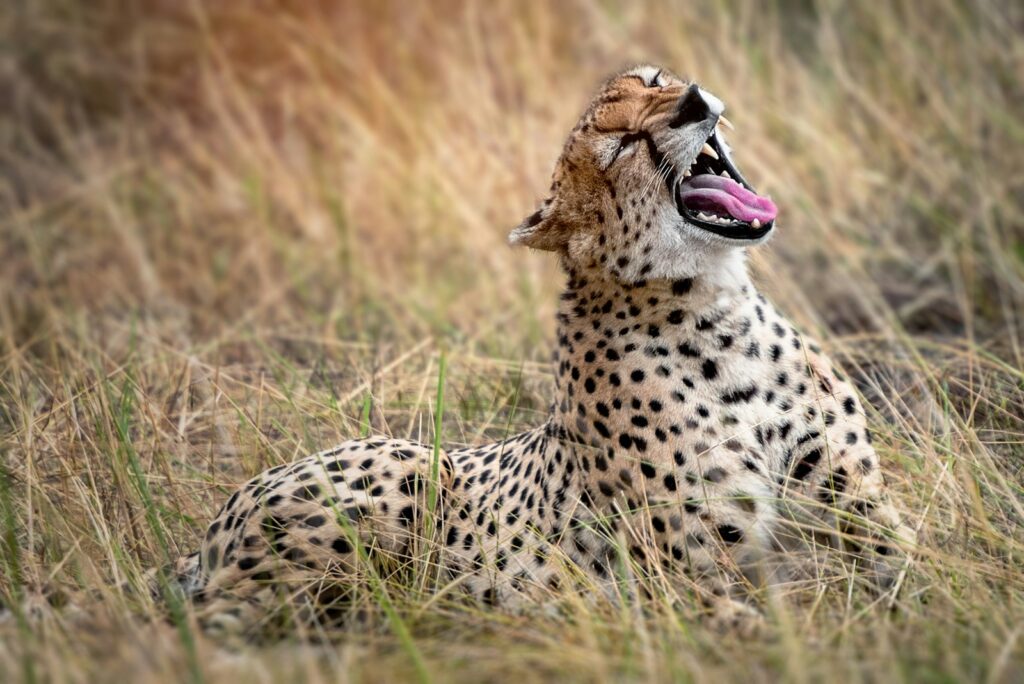
Wildlife corridors have demonstrated remarkable successes worldwide, providing compelling evidence for their conservation value. The Path of the Pronghorn in Wyoming represents America’s first federally designated wildlife corridor, protecting a 5,800-year-old migration route for North America’s fastest land mammal. Since implementation, pronghorn populations have stabilized after previous declines attributed to migration disruption. In Costa Rica, the Paso de las Nubes (“Path of the Clouds”) corridor reconnects cloud forest fragments, allowing endangered species like the resplendent quetzal to access previously isolated habitat areas. Perhaps most famous is Florida’s comprehensive corridor network designed to protect the endangered Florida panther, which has helped the population recover from fewer than 30 individuals to over 200 today. These success stories share common elements: strong scientific foundations, collaborative approaches involving multiple stakeholders, and designs tailored to specific conservation challenges.
Challenges in Corridor Implementation
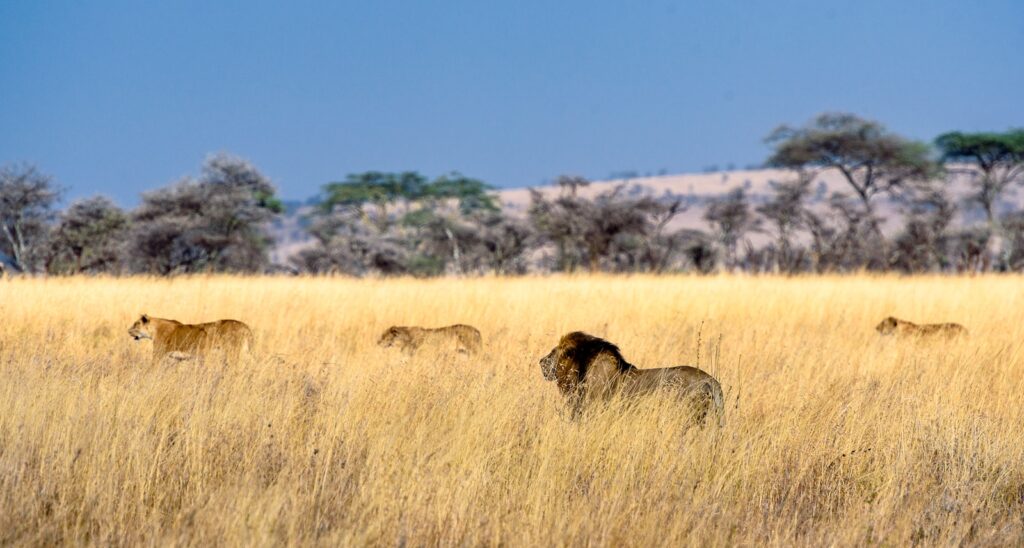
Despite their benefits, establishing effective wildlife corridors faces numerous obstacles. Land acquisition represents a primary challenge, particularly in regions with high property values or complex ownership patterns. Many successful corridors require assembling protection across dozens or even hundreds of individual properties through purchases, easements, or other conservation agreements. Funding limitations frequently constrain corridor projects, as comprehensive implementations often cost millions of dollars for land acquisition, structure construction, and long-term maintenance. Political resistance sometimes emerges from development interests or property rights advocates concerned about land use restrictions. Additionally, some corridors face biological challenges when attempting to connect significantly different habitat types or when predator-prey dynamics create ecological traps. Overcoming these challenges typically requires collaborative approaches involving diverse stakeholders, flexible conservation tools, and compelling economic arguments for corridor benefits.
Corridor Benefits Beyond Wildlife Movement
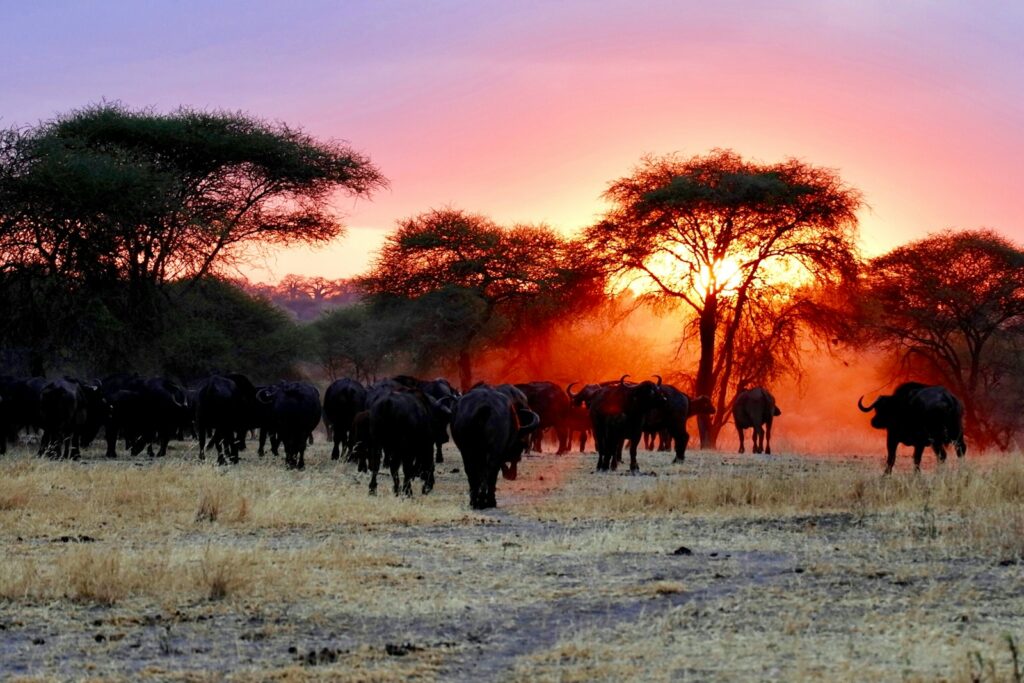
While facilitating animal movement remains their primary purpose, wildlife corridors deliver numerous additional ecological and human benefits. Riparian corridors along waterways reduce erosion, filter pollutants, and improve water quality while simultaneously providing movement pathways for terrestrial and aquatic species. Forest corridors sequester carbon, helping mitigate climate change while connecting woodland habitats. Many corridors enhance recreational opportunities through trail systems and wildlife viewing, generating economic benefits through nature tourism. In agricultural landscapes, hedgerow corridors harbor pollinators and natural pest predators that benefit nearby crops. Urban greenway corridors provide valuable ecosystem services including temperature moderation, air purification, and stormwater management alongside their wildlife benefits. These multifunctional aspects of corridors often strengthen their appeal to diverse stakeholders, creating broader support for implementation.
Community Involvement in Corridor Conservation
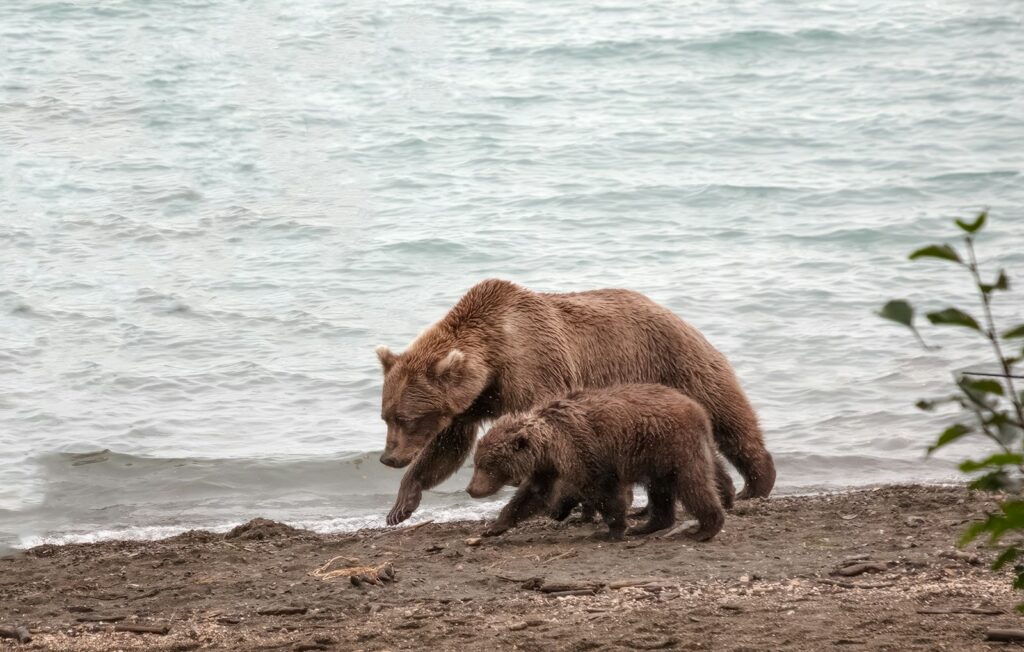
Successful wildlife corridors frequently depend on engagement from local communities who serve as stewards of these critical pathways. Landowner participation programs offer incentives for maintaining habitat connectivity across private properties, creating corridors without requiring outright land acquisition. Citizen science initiatives engage volunteers in monitoring corridor effectiveness through wildlife tracking, camera trapping, and roadkill surveys that provide valuable data for adaptive management. Educational programs in corridor regions build public understanding and support while encouraging wildlife-friendly practices among residents. Indigenous communities often play particularly important roles in corridor conservation, contributing traditional ecological knowledge about migration routes and habitat relationships developed through generations of observation. The most durable corridor projects develop governance structures that meaningfully involve local stakeholders in decision-making, creating shared ownership of conservation outcomes.
Technological Innovations in Corridor Planning
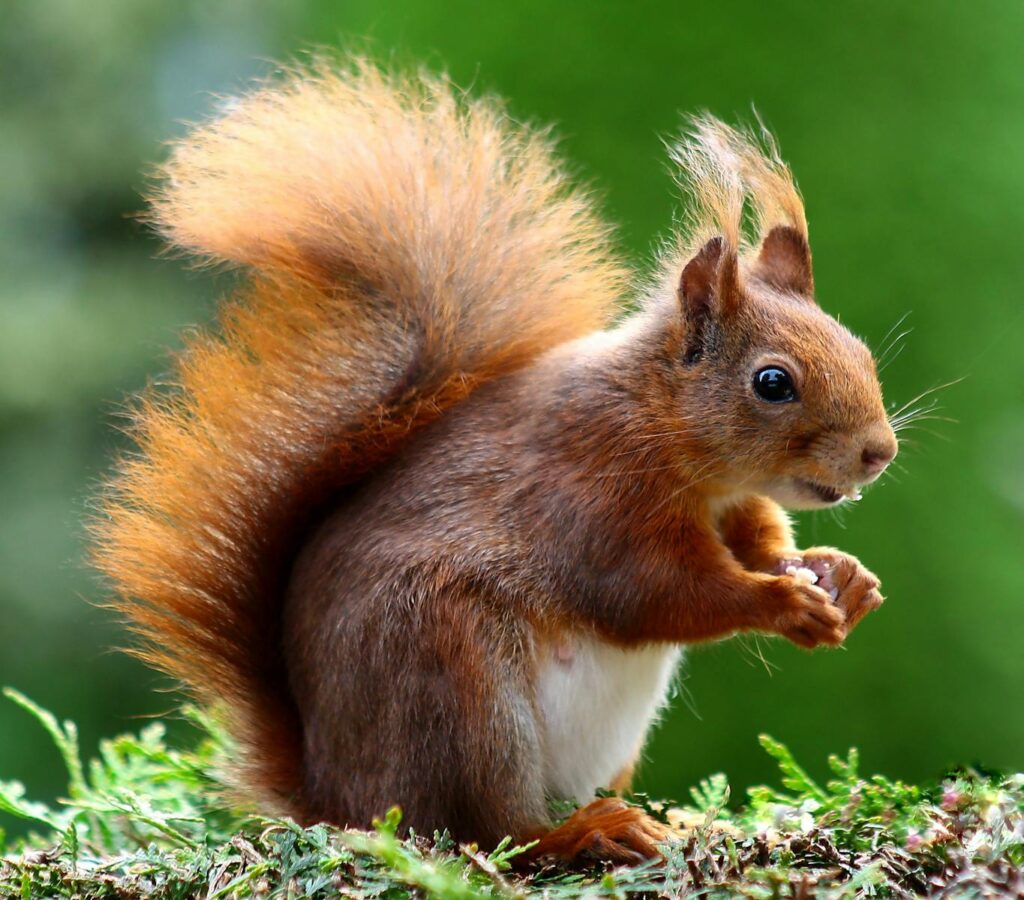
Advanced technologies are revolutionizing how scientists design, implement, and monitor wildlife corridors. GPS tracking collars provide unprecedented insights into animal movement patterns, revealing previously unknown migration routes and corridor usage. Remote sensing technologies including satellite imagery and LiDAR (Light Detection and Ranging) enable precise mapping of habitat characteristics across vast landscapes, identifying potential corridor locations and monitoring habitat changes over time. Computer modeling approaches like least-cost path analysis help identify optimal corridor routes by analyzing multiple environmental variables simultaneously. Genetic analysis techniques reveal population connectivity patterns, allowing scientists to assess corridor effectiveness through changes in gene flow between previously isolated populations. Emerging technologies like environmental DNA sampling (eDNA) may soon allow non-invasive monitoring of corridor use by detecting genetic material left behind by animals passing through. These technological advances are making corridor planning more precise, effective, and scientifically rigorous.
The Future of Wildlife Corridor Networks
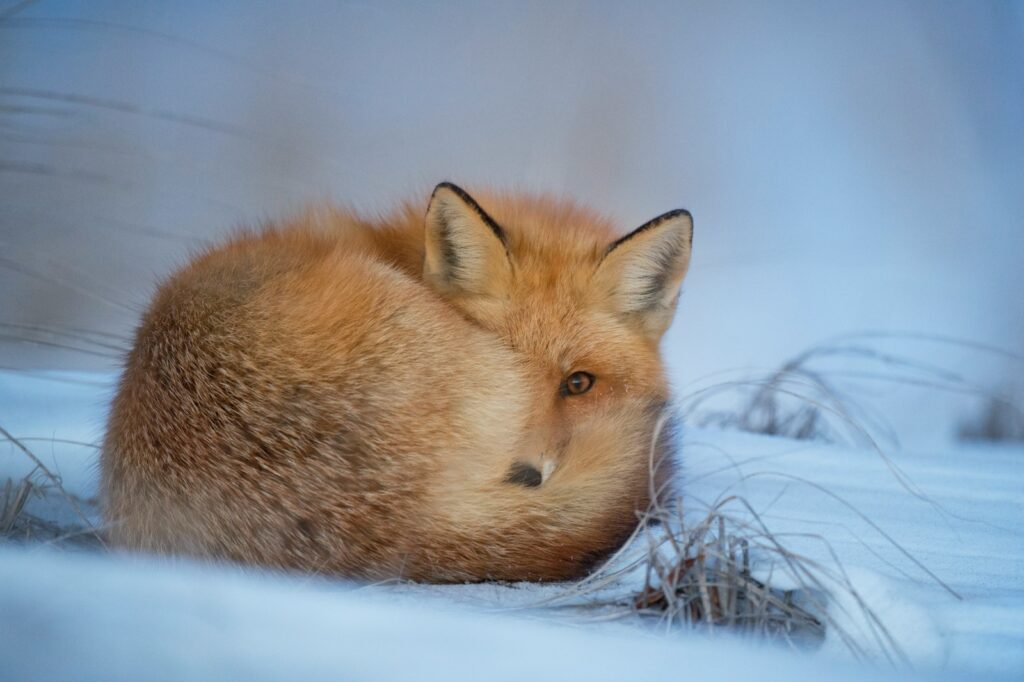
Conservation biologists increasingly recognize that isolated corridors must evolve into comprehensive connectivity networks to effectively address fragmentation at landscape scales. National initiatives like America’s Wildlife Corridors Conservation Act propose systematic approaches to identify, protect, and enhance habitat connectivity nationwide rather than piecemeal implementations. International corridor networks are emerging across borders, recognizing that many species’ ranges and migrations transcend political boundaries. Climate-smart corridor planning incorporates projected environmental changes, designing connectivity that will remain functional under future conditions. Urban corridor planning is gaining prominence as cities recognize the importance of maintaining nature connections within developed landscapes, with innovative approaches like wildlife-friendly green infrastructure becoming standard practice in progressive urban areas. The future of corridor conservation lies in moving from opportunistic projects toward strategic networks designed to maintain connectivity across entire regions and continents.
Conclusion
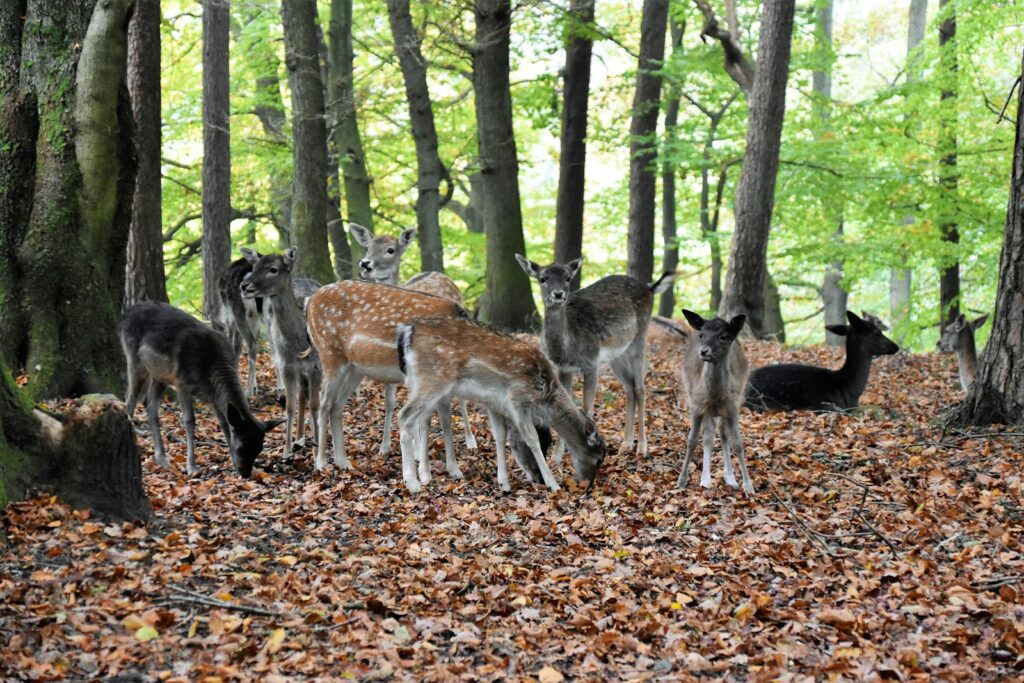
Wildlife corridors represent one of conservation’s most powerful tools for mitigating habitat fragmentation and ensuring species survival in an increasingly human-dominated world. By reconnecting isolated habitat patches and facilitating safe movement across dangerous barriers, these pathways restore ecological processes disrupted by development. The evidence supporting corridor effectiveness continues to grow, with success stories spanning diverse landscapes and species. As climate change forces wildlife to adapt through range shifts, the importance of maintaining connected landscapes becomes even more critical. While challenges in implementation remain substantial, innovative approaches combining science, policy, community engagement, and new technologies offer promising pathways forward. By embracing comprehensive connectivity conservation, we can help ensure that the ancient migrations and movements that have shaped our planet’s biodiversity continue for generations to come.

